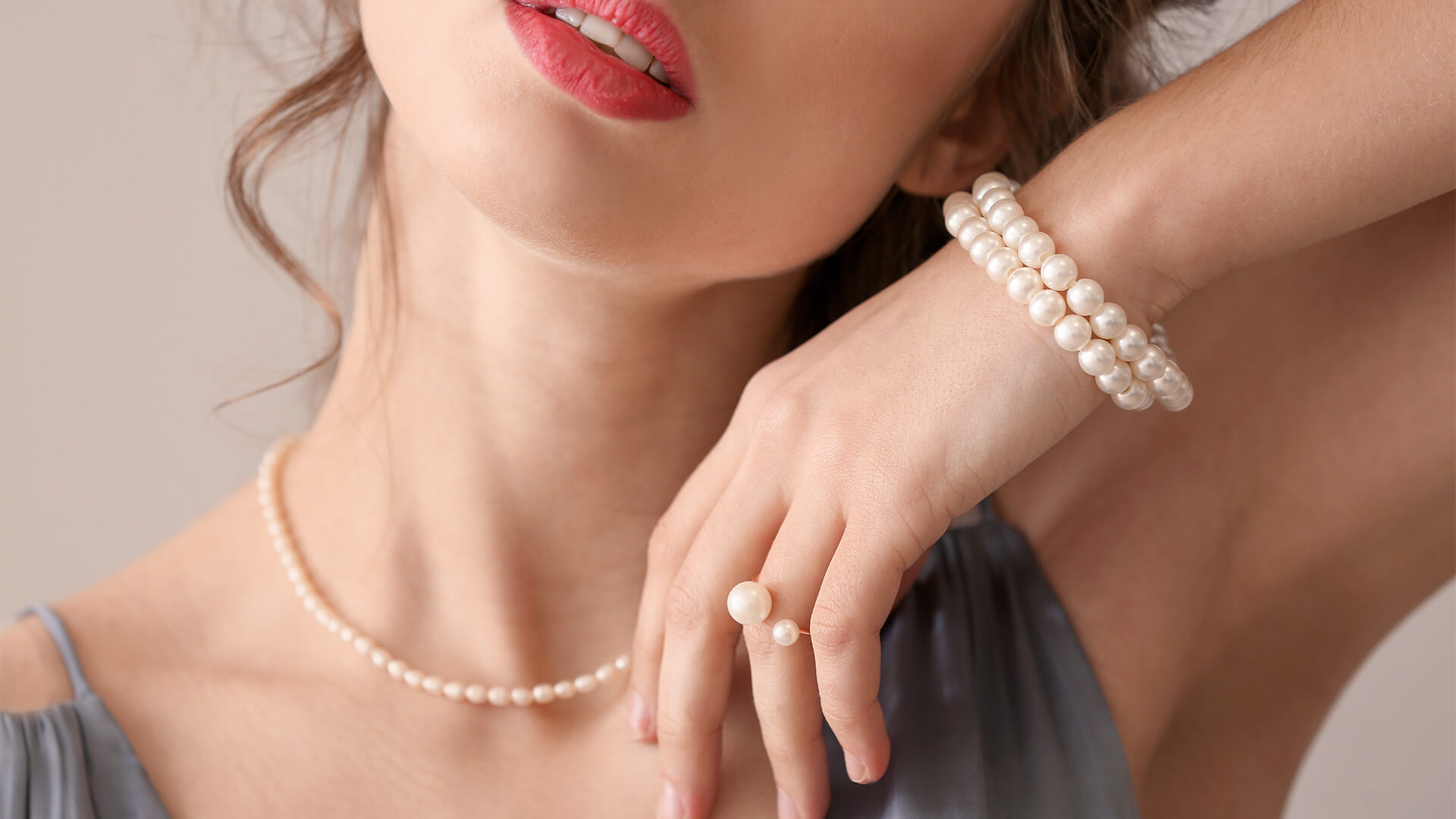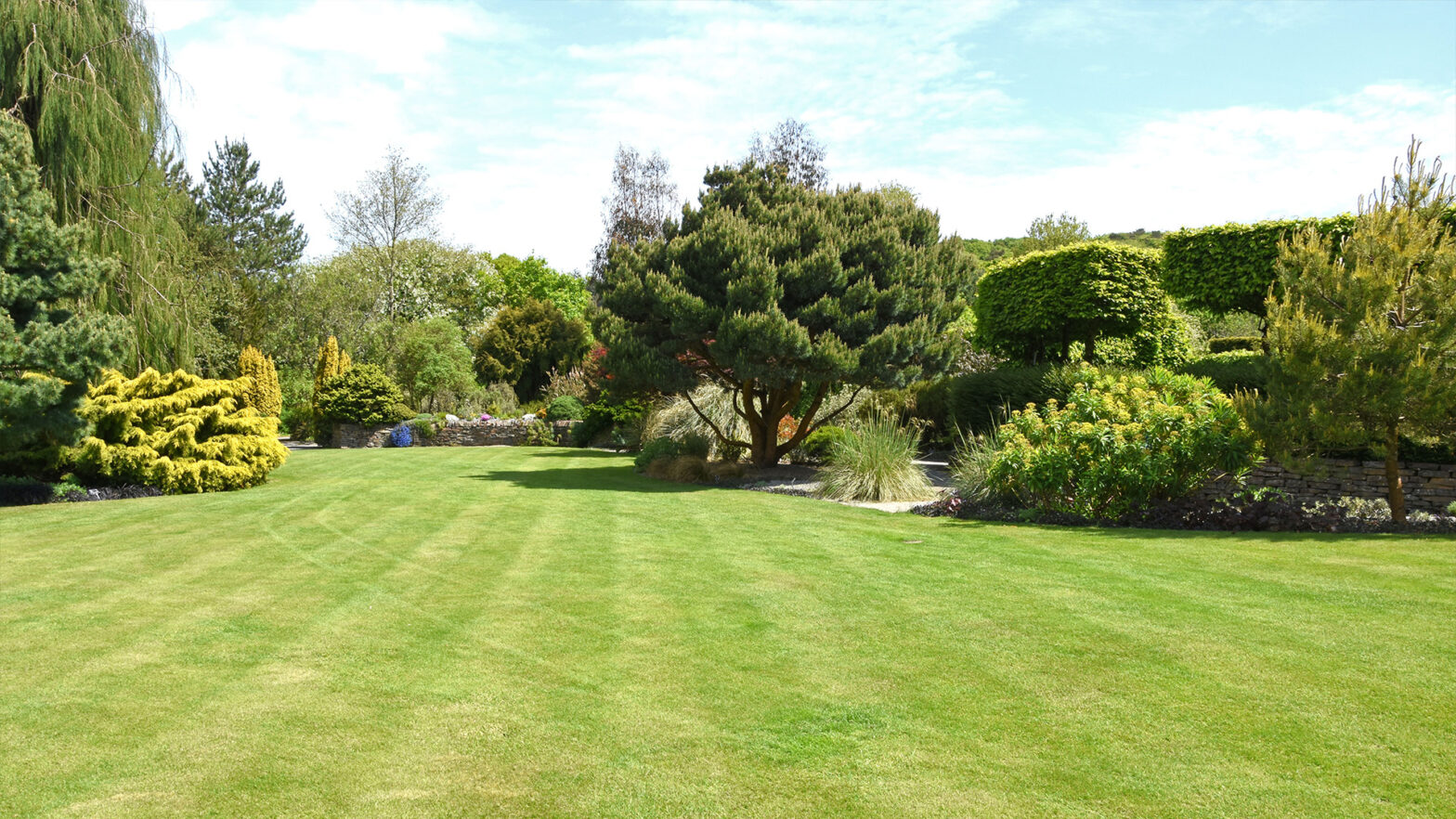
Diamonds are a girl’s best friend, or so the saying goes. But what about pearls? Pearls can be just as beautiful and valuable as diamonds and come in various shapes, sizes, colors, and prices.
Pearls are a timeless piece of jewelry and this makes them perfect for any occasion or outfit! However, it is essential to know that not all pearls are created equal. In this article, we will cover the difference between genuine pearls and fake pearls, so you never have to worry again about which type you’re buying.
Check the price
One of the easiest ways to tell if a pearl is fake or real is by looking at the price. A real pearl necklace typically ranges from $100, if it’s made of freshwater pearls, to $10,000 if it’s made of Akoya pearls. If you see pearls for sale that are listed under $100-$150, then they’re probably not worth your time. Price is an essential factor because some cheaper pearls are either fake or made out of plastic.
Feel the shape
There are five main shapes for real pearlescent gems: round, oval, baroque, button-shaped and tear-drop. When looking at a pearl, it is important to notice its shape because that can give you some insight into whether or not it’s real. For example, a natural pearl will have one smooth curve and no sharp edges. In contrast, fake pearls will appear round or oval-shaped and will often come with repetitive blemishes.
Check the surface
One thing that you should be looking for when it comes to testing pearls is checking their surface. Fake pearls will often have a very polished and shiny appearance with no markings on them.
Pearls are naturally not as smooth and may contain some imperfections in their surfaces, such as tiny scratches, spots of colors, or bumps called “pearling.” The more perfect the pearl, the less likely it is to be real. Additionally, fake pearls will often have a rough, chalky texture with visible flaws on the surface.
Weigh the pearl
Another way for you to tell if a pearl might be fake is by checking its weight. A real pearl will have more mass than an artificial one which means it has a much higher density and should weigh slightly heavier when compared with another pearl of the same size.
Real pearls are heavier than artificial ones, weighing about one-fifth as much, and often contain lead on the inside. You can find lead in the fakes because it mimics the weight of pearls and allows them to be more believable.
If you compare two pearls side-by-side, then the heavier one is probably the real one. Genuine pearls are heavier because they’re made from natural materials like oyster shells. In contrast, fake ones might be hollow or made from plastic material that weighs less.
Check the shine
Genuine pearls are shinier than fake pearls. You can measure shine in luster, which is the intensity and softness of a pearl’s surface, it generally has to do with how bright and clear a pearl looks.
Natural pearls have more shine than artificial ones because they’re made from natural materials. In contrast, artificial items lack that same level of luster. Fake pearls are also more reflective than real pearls because they’re made from materials that don’t scatter or absorb light.
Note the color
Genuine pearls are generally creamier and whiter in color than artificial ones, which can have a yellow tint. Irregularities in the shade also indicate that it’s fake. For example, a fake pearl will have a dull, greyish-white hue, while a natural pearl will have an iridescent sheen with colors ranging from white to black.
The most common color for pearls is white, but pearls can also be available in other colors. White pearls, for instance, can be dyed to create other colors such as pink or black. If you’re not sure if your pearl is fake or not, put it in vinegar for about 10 minutes to see if it turns yellow. The acid in the vinegar will react and turn your fake pearl into a yellowish-brown hue, while real pearls don’t change color.
Rub it against your teeth
This may seem like a strange way to tell if your pearl is genuine or not, but it actually makes sense. Real pearls have a gritty texture, while fake gems feel smooth because they’re made of plastic.
Make sure you don’t rub it against the edge of your teeth, just the front of them because you’ll risk scratching the pearl. Again, your front teeth are the best bet because they’re the most sensitive.
Shine it against light
If you’re holding the pearl in your hand, tilt it so light hits just one side. You’ll be able to see a rainbow-like prism of colors if it’s real, while there won’t be any color at all when you shine fake pearls against the light.
Additionally, when you’re shining pearls against light, the pattern will change depending on what side of the pearl is facing up. Real pearls shine from within and not shimmer light, which could indicate an imitation pearl.
Final Thoughts
Pearls are a beautiful addition to any jewelry collection, and they never go out of style. From necklaces to earrings, you can pair your pearl jewelry with anything. When you’re shopping for pearls online or in a store, always make sure that there are pictures with different angles, so you know what they look like from all sides.
Apart from this, there are a few different ways you can determine if the pearl is genuine. It’s important to ensure you have the right information before making a purchase. This ensures that you’ll get what you want and won’t be duped out of your money.




















